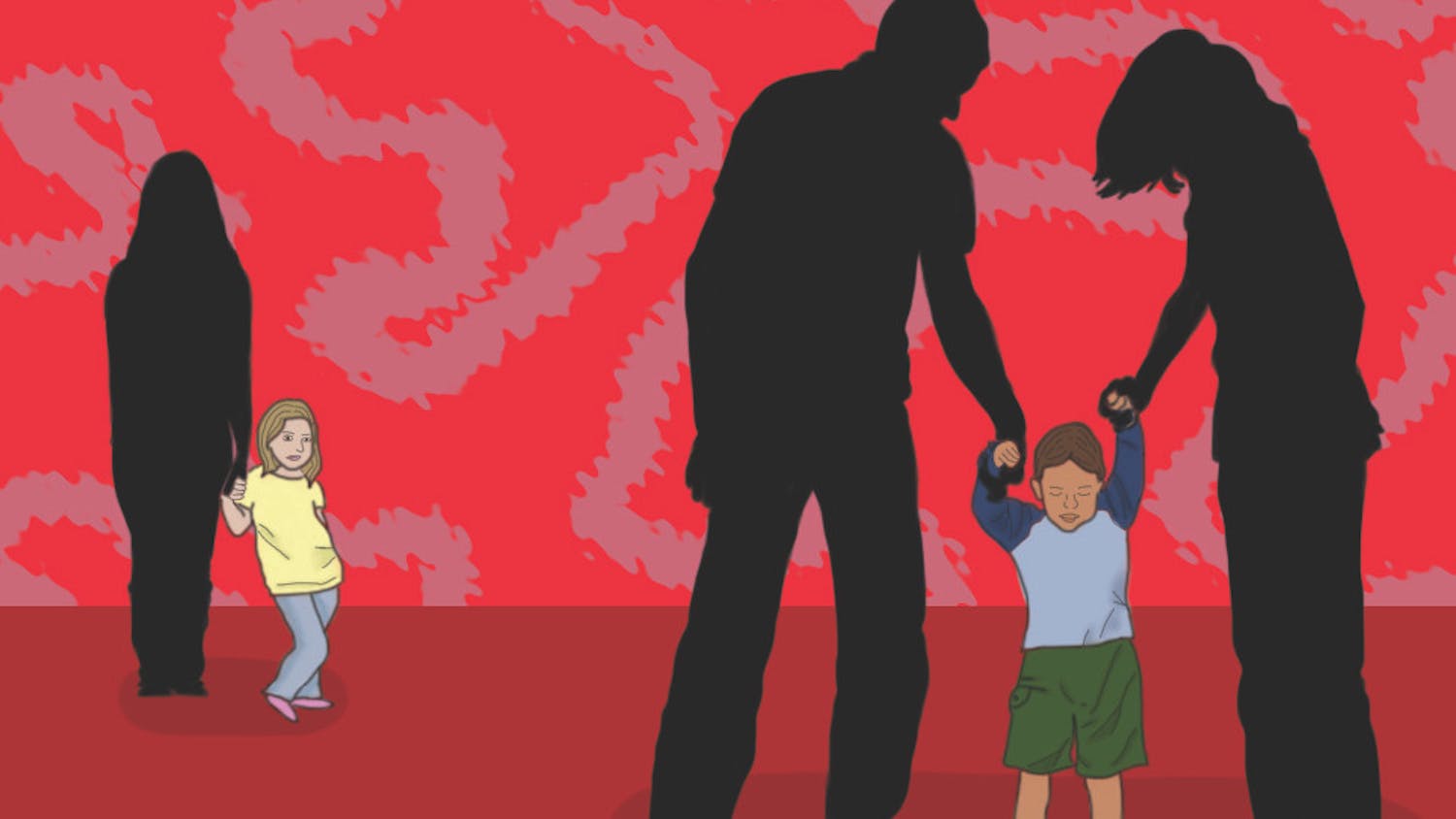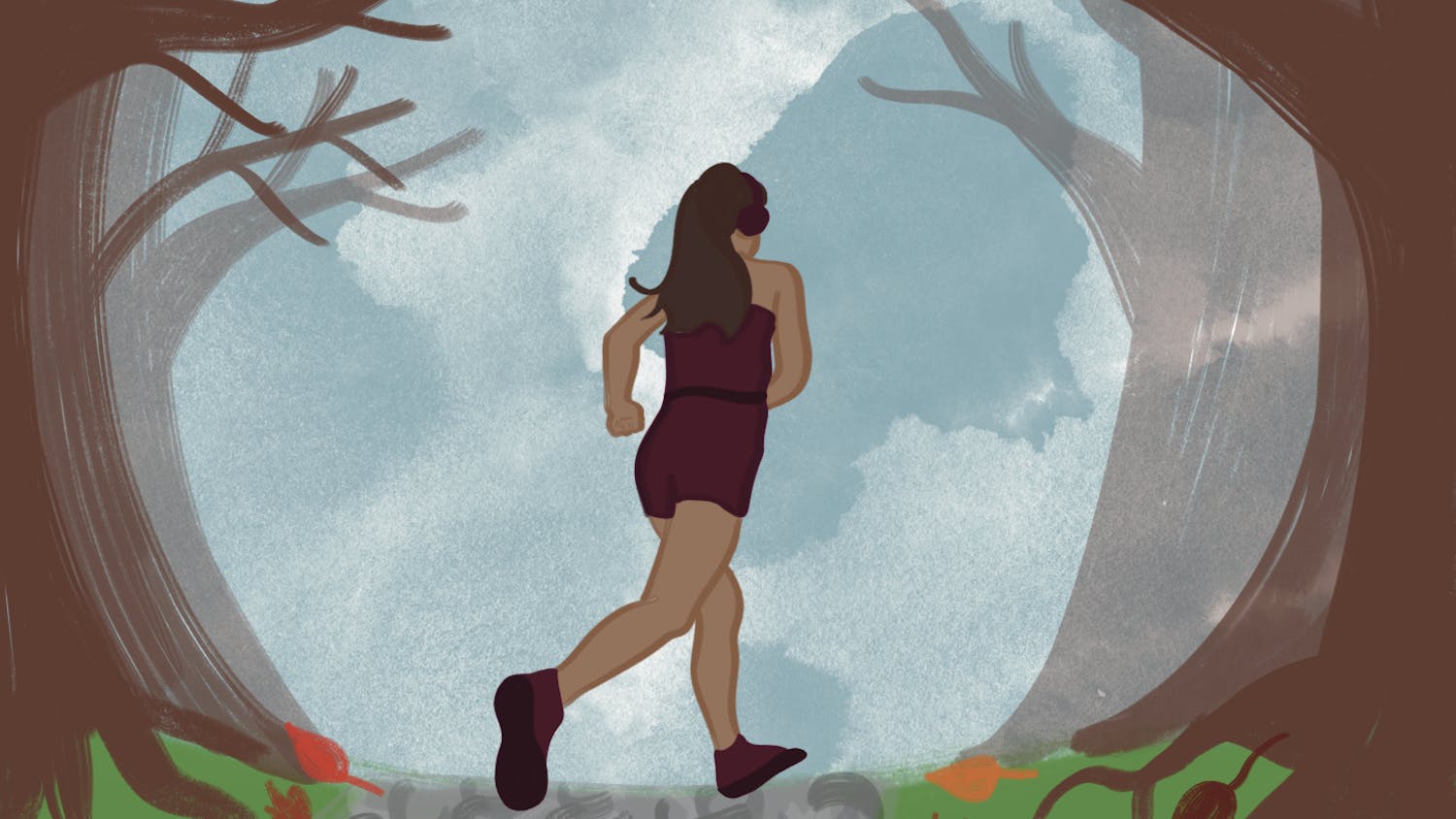As the temperatures rise and the last of the snow melts, skateboarders of all kinds appear on the streets and sidewalks. You may think it looks cool, or you've always wanted to try it, but aren't sure where to start. Fear not, for we've compiled a guide for you to read before you "drop-in."
Board Styles
Classic Skateboard
This is the one you envision whenever you hear the name Tony Hawk. The classic skateboard has small, hard wheels and is built for tricks and skate parks. They are often about 7.5-8 inches wide and about 28-32 inches long.
Longboard
A longboard is exactly what it sounds like -- the skateboard's much longer cousin. However, there are a few key differences. The first is obviously the length, being that they are typically between 33-59 inches long; however, some can be much longer. The second is the wheels, typically much bigger and softer, to travel long distances and easily roll over the bumps and cracks on sidewalks and roads. The third is the build, as longboards often are not built for traditional skateboard tricks.
Cruiser board
Cruiser boards serve as a hybrid of a longboard and a classic skateboard. They are built for longer distances like longboards, with soft, large wheels. However, many also have a kicktail (the small curved part at the end of the deck), which is built for doing tricks like a skateboard. Furthermore, cruiser boards are incredibly compact, small, and lightweight, making them perfect for everyday use in instances like skating to class, where you can easily carry it afterward.
Parts
There are a few main parts of the skateboard that you should keep in mind when buying.
Deck
The first is the deck or the long wooden part of the board that you're going to be putting your feet on.
Grip tape
The second is the grip tape or the rough, sandpapery material on top of the deck that keeps your feet from sliding off. (Note: some boards, particularly cruiser boards, use a grid-like pattern of plastic instead of grip tape).
Trucks
The third is the trucks or the metal parts on the underside of the board that are going to connect the wheels and the deck. They also control how well your board can turn. If they are loose, you can make tighter turns, but your board will be less stable overall. If they are tight, your turns won't be as tight, but your board will be more stable.
Wheels
The fourth is the wheels, which are typically made out of polyurethane. They range from small and hard to soft and large, which controls the speed and traction of the board. If the wheels are small and hard, they won't be able to roll over small cracks and bumps as easily, but they won't pick up too much speed too fast, making them ideal for tricks and skateparks. The soft, large wheels are better for fast speeds and rolling over small obstacles, which makes them better for cruising.
Bearings
The final, most important part of the skateboard is the bearings. Bearings are small discs made of metal or ceramic inside the wheels to keep them spinning. (Note: bearings need to be cleaned often to make the wheels keep spinning at reasonable speeds)
Tips
Wear proper shoes
It's important to wear the right shoe type to ensure you don't fall or get anything caught on the board. Vans is one of the most popular brands of skate shoes, but some shoe companies like Converse and Nike have specific lines of skate shoes. However, most tennis shoes will work so long as they are relatively flat-soled and don't have a massive platform.
Be ready to fall
Learning to skateboard is a lot of trial and error, and it's important to realize that you will fall whether you like it or not. Furthermore, learning how to fall safely is important to prevent serious injuries. This is typically done by getting as low to the ground as possible to minimize the distance you need to fall once you start to lose control of your board. You could also aim for something like a patch of grass to minimize scrapes and bruises.
Learn proper riding technique
The most vital part of skating is learning proper riding techniques in order to minimize injury and the risk of falling. This is typically done by experimenting to figure out which foot you feel more comfortable pushing off with, keeping your feet on top of the bolt holes (if you're on a classic skateboard), and dragging your foot to stop.






